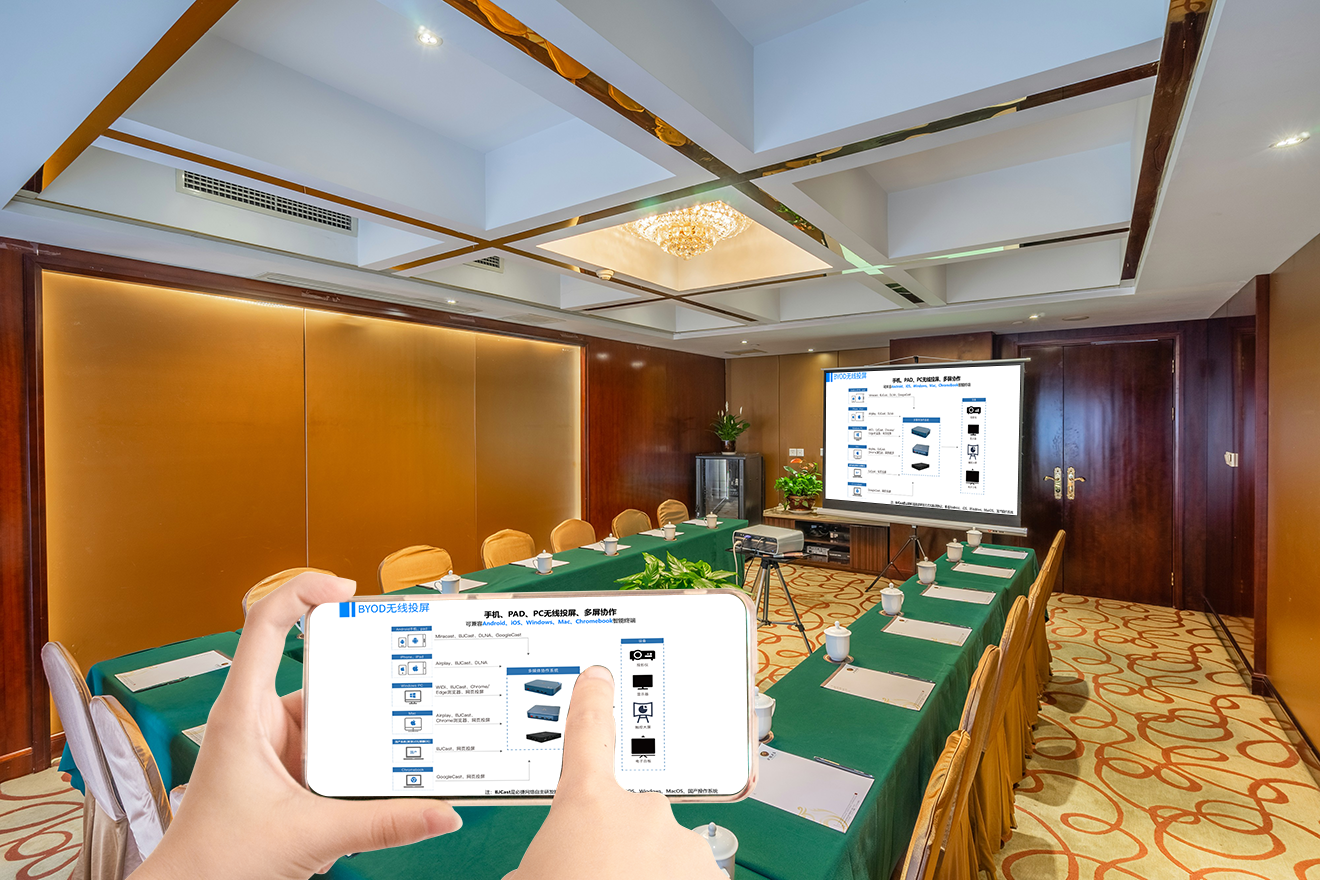In the process of promoting interactive classroom construction, we have collected 10 of the most frequently asked questions from teachers regarding
wireless screen mirroring and multi-screen collaboration. This article will answer them one by one to help you clear technical obstacles.
A: Yes. Professional smart classroom solutions support both Apple’s AirPlay protocol and Android’s Miracast protocol. Whether teachers or students use any brand of mobile phone, they can achieve one-click screen mirroring.
A: Mature solutions are equipped with management functions. For example, adopting a “screen mirroring code” mechanism—students need to enter a real-time changing password displayed on the screen to cast; or teachers conduct authorization confirmation on the host device, thereby effectively managing the order of the interactive classroom.
A: This is usually caused by LAN congestion. To solve this problem, it is recommended to deploy professional hardware mirroring adapters for smart classrooms. By creating an independent network channel, they can fundamentally resolve latency and stuttering issues.
A: Yes. Advanced multi-screen collaboration solutions support “4-split screen” or “9-split screen” display. Teachers can simultaneously cast screens from up to four or more groups to the main screen for comparative display, which is very suitable for group reports and work reviews.
Additional common questions include: Can mirroring be done without a network? Can mirrored content be saved? How to ensure information security? etc.
We hope this interactive classroom Q&A helps you better understand and use wireless screen mirroring technology, allowing technology to truly empower teaching.

